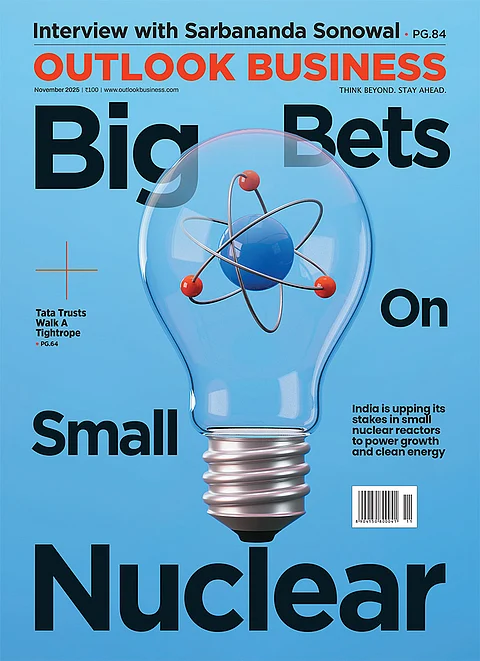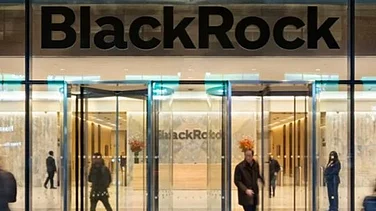Indians ordered ₹64,000 crore of goods from quick-commerce platforms like Blinkit and Instamart in FY25, more than double from the previous fiscal year's ₹30,000 crore, a report said on Thursday.
The gross order value (GOV) is estimated to grow more than three-times to touch ₹2 lakh crore by FY28, the report by one of the arms of domestic rating agency, Careedge Ratings, said.
The platforms pocketed revenue of ₹10,500 crore from fees in FY25, which was huge growth from ₹450 crore in FY22, the report said, adding that the revenues are expected to grow to ₹34,500 crore by FY28.
"This sharp increase is due to increased platform fees by major players, resulting in higher revenue realisation and a substantial increase in overall GOV," the report by Careedge Advisory said.
Platforms are also shifting focus from hypergrowth to revive profitability, leveraging advertising, subscriptions, private labels, and tech-led inventory optimisation, it said.
The 'take rate' which is the percentage of a transaction cost retained as revenue by the platforms, has increased to up to 18% in FY25, from 7-9% in FY22, it said.
The arm's head Tanvi Shah said Q-comm players' focus is shifting from rapid expansion to reviving profitability and operational efficiency, and added that tech-led innovations and penetration into tier-2 and tier-3 cities will define the next phase of growth for the sector.
Only one per cent of India's grocery demand has shifted to the Q-comm industry, and there is a notable shift in consumer preferences towards the convenience and comfort due to which the sector will witness a rapid growth going forward, the arm's assistant director Amir Shaikh said.
India had over 270 million online shoppers in 2024, making it the second-largest e-retail user base globally, while the e-commerce market grew 23.8% in 2024 over the year-ago period, it said, adding India has over 1.12 billion mobile connections as of early-2025 and the smartphone adoption is also growing rapidly.
Rising disposable incomes and higher spending capacity are also likely to fuel growth for Q-comm, the report said.
The dark stores or micro-warehouses which ensure quicker delivery of the goods are the operational engine for the Q-comm sector, the report said, adding that the number of such facilities rose by over 70% to 3,072 in FY25.
The average revenue per store witnessed an increase of 25%, the report said.






























